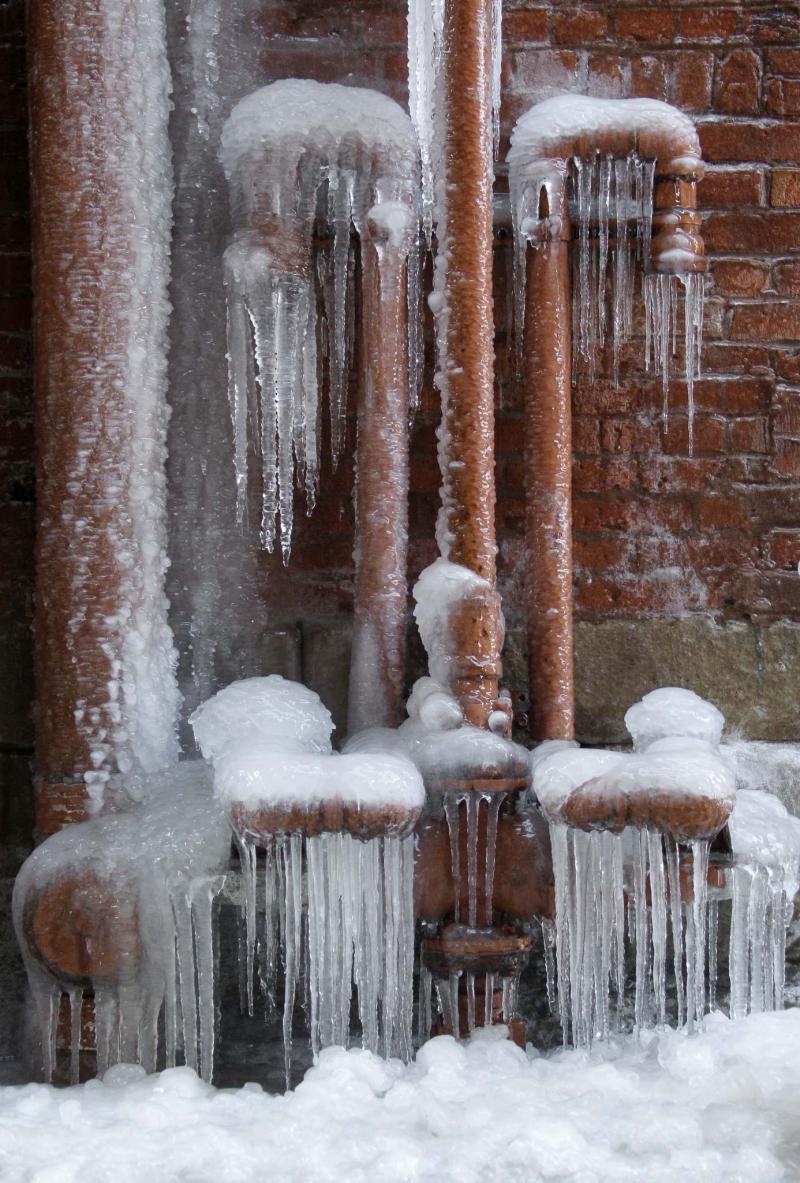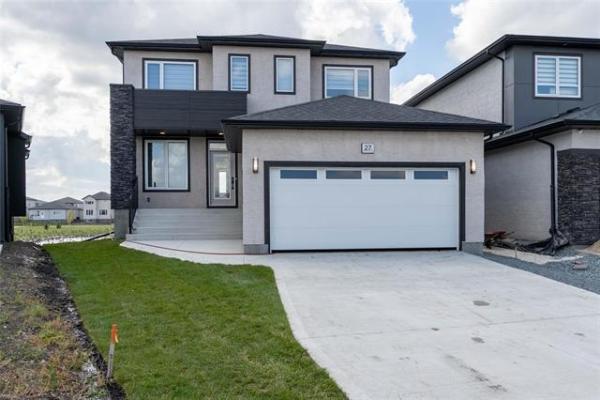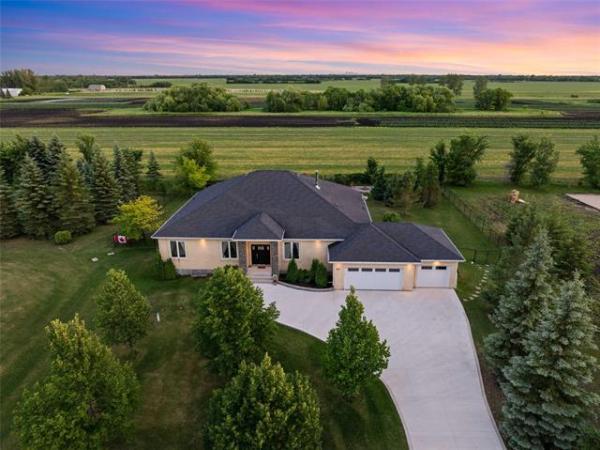
Mark Duncan / Associated Press files
Winter is upon us, and protecting pipes, drains and vents from freezing is an essential part of home maintenance.
Question: I read your response to an article submitted a few years ago regarding a vent pipe that freezes shut on the roof. I agree with the several options to fix the problem that you suggested, but I have the same issue which may be more difficult to deal with.
I have a six-year-old house with a PVC vent pipe located on the south slope, which is approximately 33 centimetres above the roof. It freezes any time the weather is lower than -20 C. Since it is near the edge of the roof, there is no space in the attic to access it because it is completely covered with insulation. I tried to extend it but that makes no difference. Our house smells terrible the last few days.
Over the years I have tried a lot of things, but now I can only do a MacGyver thing by attaching an electric hair curler to a pole at a right angle, climbing the ladder to the roof edge and lowering the appliance into the top of the pipe. In a couple of minutes, it is thawed and all is good for a couple of days. Doing this exercise is a pain in the butt because I am getting too old and I have to haul the ladder to my second-storey deck to access the point of concern.
I have never had this sort of thing happen in any other house. Is the plumbing in the walls, which I can’t see, done wrong and is there any way to fix the problem from the outside? I am thinking of wrapping heat tape around the outside of the vent pipe and connecting it to a thermostat of sorts.
Any help you can give me would be greatly appreciated.
— Regards, Roger Nordick
Answer: Problems with freezing plumbing stacks can happen on any home, of any age, and can be difficult to address. Calling a licensed plumber to check the pipes for proper installation may yield a simple answer, or they should be able to provide a retrofit solution to prevent the freezing and sewer gas issue.
In our harsh climate, with winter temperatures often dropping below -30 C, many items on the exterior of a home can be adversely affected. Particularly anything, such as your plumbing stack, that penetrates the building enclosure may be more susceptible to problems. The reason the vent pipe, likely ABS plastic, freezes in really cold weather may have to do with the location or a defect in design or installation methods. This pipe is most likely the very top of the main stack, or waste pipe, which serves two purposes as it exits through your roof.
The first purpose for this pipe, terminating just above your roofline, is to allow air to flow into the plumbing drains, which facilitates proper drainage of liquid waste and water from the pipes. If not enough air enters this column, the waste products and water exiting the plumbing fixtures may become blocked or sluggish as they exit. While this is very important the next function is even more critical. These pipes terminate above your roof to ensure proper venting of sewer gases from the plumbing waste system. The height of the pipe termination point will ensure that these noxious gases are harmlessly vented to the air outside the home, and become highly diluted before they can be inhaled by the house occupants or anyone outside. If the vents are missing, blocked, or installed improperly, water can be siphoned from the traps below the plumbing fixtures, allowing dangerous sewer gas to enter the living space. That is why there is a terrible smell in your home when the vent freezes outside.
The vent will often freeze for several reasons, but the primary problem is that water vapour from the drains may condense as it travels up the pipe, often freezing when it hits the cold attic or the even colder air above the roof. With a well positioned and designed stack, the moist air will remain warm enough to prevent this issue, even in the coldest weather. If the diameter of this pipe is large enough, warm or hot water running through the drains often provides enough heat to melt any minor ice formation. Also, because of natural air movement due to the "stack effect," some warm air may constantly leak out the top of the vent, preventing blockage. If the stack is too small in diameter; is too high above the roofline; is excessive in length or uninsulated inside the attic, it can become blocked with ice.
Your temporary solution may work, for a short time, but as you state it is dangerous and unsustainable. Since you have very little pipe exposed in the attic, it is likely installed in an exterior wall of your home. This may be the first area to check. If the exterior wall has not been adequately insulated around the pipe, it is more likely to freeze. While an inspection of this issue may ultimately require you to disassemble the wall, it may be possible to initially check this with a thermal imaging camera. This useful device may be able to detect a lack of insulation, if a very cold spot is noted in the wall cavity in this area. In that situation, opening the wall and properly insulating the area, or slightly moving the vent pipe inward to allow heat from the home to warm it, may solve the issue.
If the stack is not located in the exterior wall, as suspected, there may be design issues with the entire system, which may exacerbate the problem. Hiring an experienced plumber should be able to determine if this is the case. Whether the defect is the vent terminating too high above the roof, improper elbows or angles, lengthy horizontal vents in the cold attic, or other poor practices, it should be visible to a trained professional. If no visible solution can be found, installation of a CSA certified heat-trace cable on the pipe may prevent blockage due to ice on really cold days.
Whether it is a relatively new home, like yours, or an older one with cast iron drain pipes, freezing of the stack above the roof can occur on really cold days. Calling a plumber to inspect the entire drain system for proper installation and insulation methods — and provide a remedy — should yield the end of your dangerous winter ladder expeditions.
Ari Marantz is the owner of Trained Eye Home Inspection Ltd. and the past president of the Canadian Association of Home & Property Inspectors — Manitoba (cahpi.mb.ca). Questions can be emailed to the address below. Ari can be reached at 204-291-5358 or check out his website at trainedeye.ca.
trainedeye@iname.com



